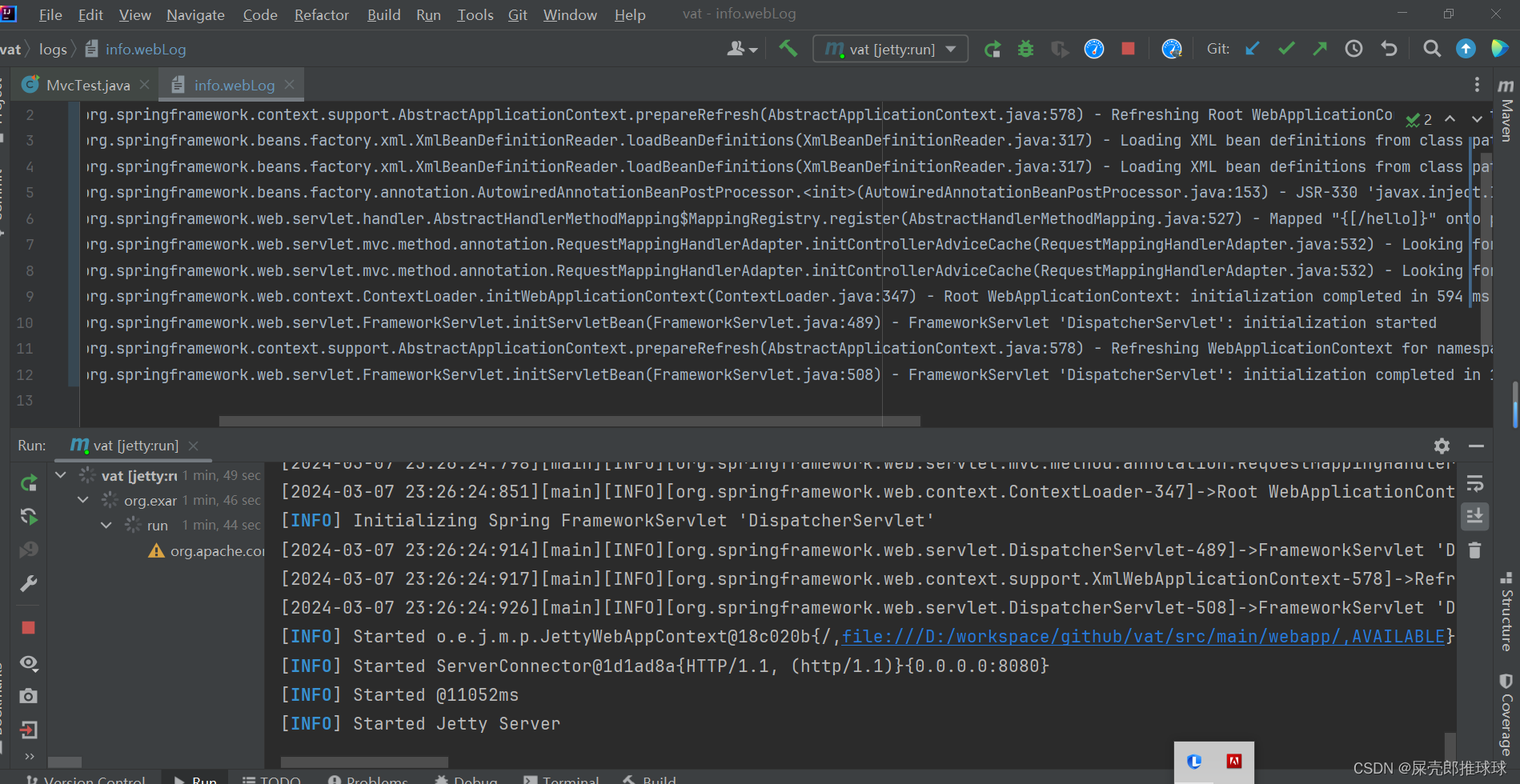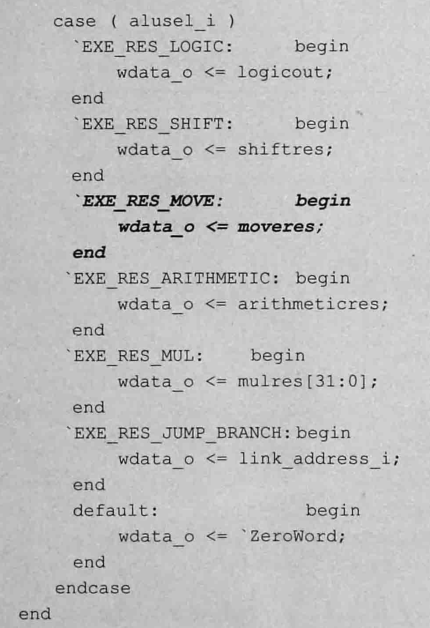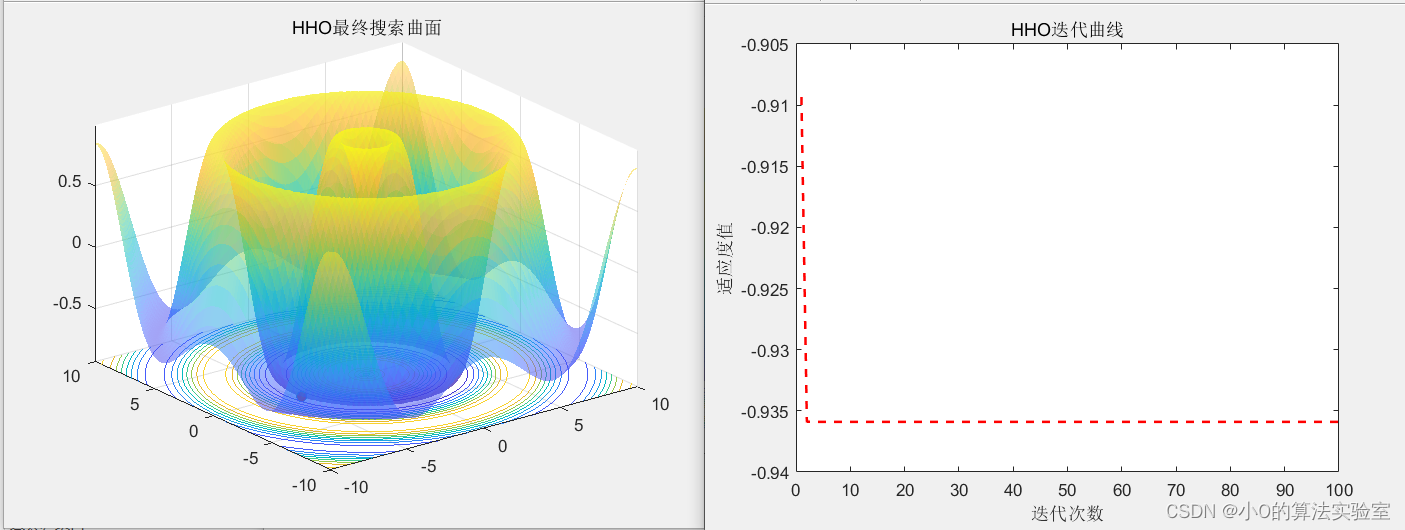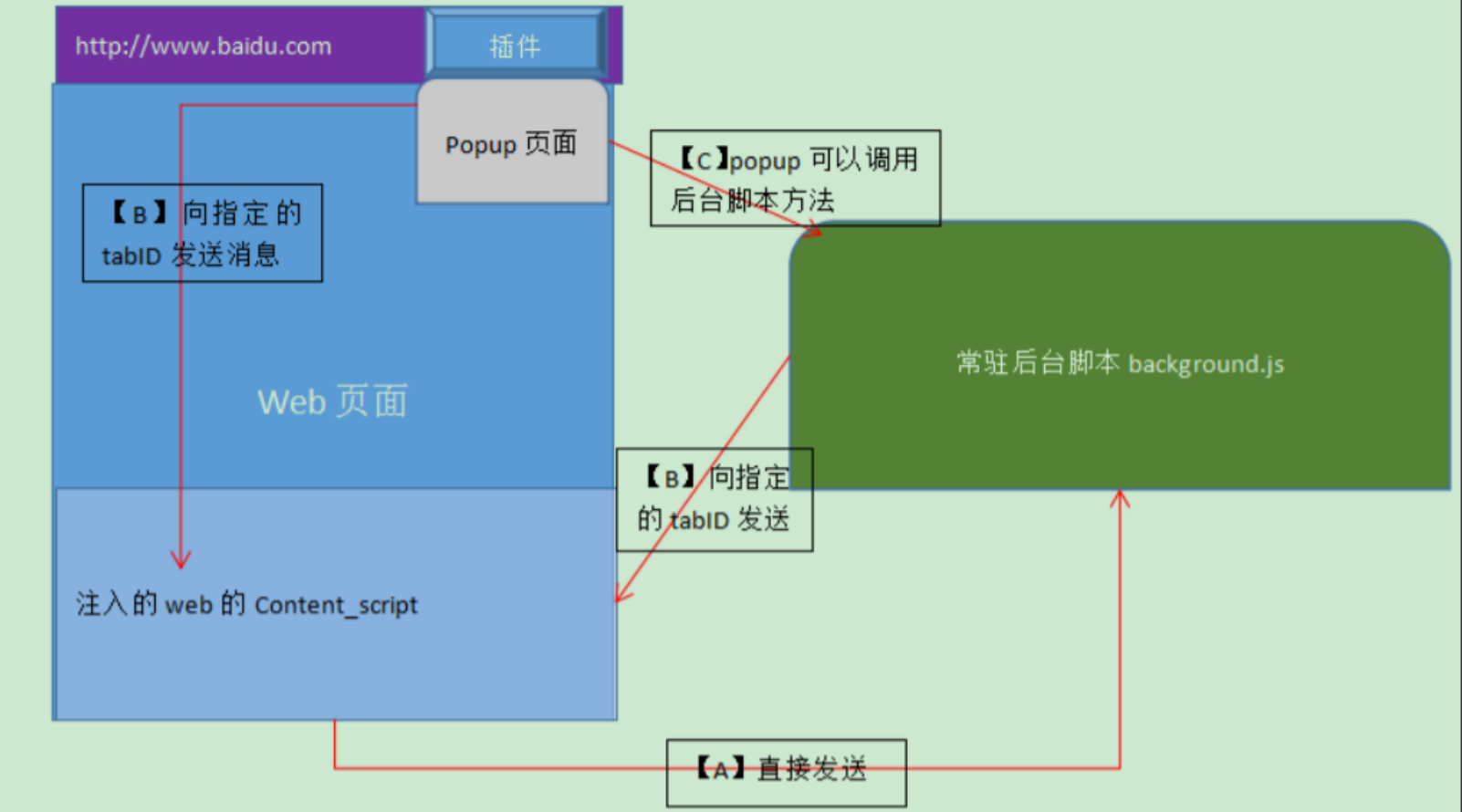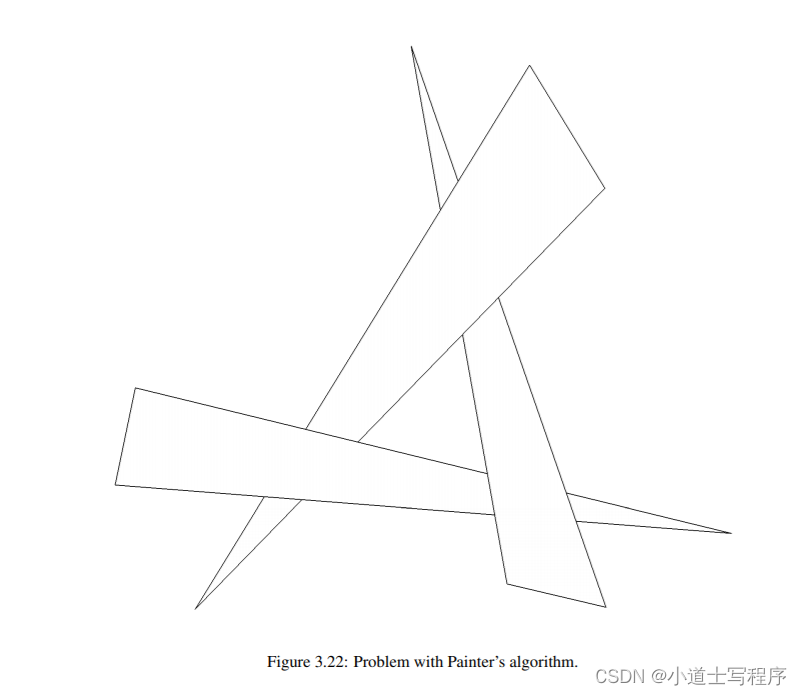nano GPT
跟着youtube上AndrejKarpathy大佬复现一个简单GPT
1.数据集准备
很小的莎士比亚数据集
wget https://raw.githubusercontent.com/karpathy/char-rnn/master/data/tinyshakespeare/input.txt
1.1简单的tokenize
数据和等下的模型较简单,所以这里用了个很简单的直接按照字母去分割的tokenize。
复杂些的可以用**tiktoken**: openai在gpt2上用的。
with open('input.txt', 'r', encoding='utf-8') as f:
text = f.read()
print(len(text))
#>>> 1115394
chars = sorted(list(set(text)))
vocab_size = len(chars)
stoi = {ch: i for i, ch in enumerate(chars)}
itos = {i: ch for i, ch in enumerate(chars)}
string = 'hii there'
decode(encode(string)) == string
#>>> True
1.2切分训练集
import torch
data = torch.tensor(encode(text), dtype=torch.long)
print(data.shape, data.dtype)
#>>> torch.Size([1115394]) torch.int64
n = int(0.9 * len(data))
train_data = data[:n]
val_data = data[n:]
1.3获取小批量
注意,target在切分的时候错开了一个位置。原因是如果原串是[1,2,3,4,5]。当我们的input是[1,2,3]的时候应该生成一个[1,2,3,4]。
实现如下
torch.manual_seed(1337)
batch_size, block_size = 4, 8
def get_batch(split):
data = train_data if split == 'train' else val_data
ix = torch.randint(len(data) - block_size, (batch_size, ))
x = torch.stack([data[i: i+block_size] for i in ix])
y = torch.stack([data[i+1:i+1+block_size] for i in ix])
return x, y
xb, yb = get_batch('train')
print(xb.shape)
print(xb)
print('target:')
print(yb.shape)
print(yb)
for b in range(batch_size):
for t in range(block_size):
# print(xb[b: :t+1])
context = xb[b, :t+1].tolist()
target = yb[b, t]
print(f'when input is {context}, target is {target}')

2.模型定义
2.1模型代码
这里具体解释一下为什么inputs, target送入模型前要做reshape。因为F.cross_entropy规定了 input 的shape必须是 [N, C] 其中N是样本数C是类别数这里也就是我们的vocab_size。与之对应,我们的 target 的shape就应该是[N]。input 送入模型后我们会得到input中每一个位置的下一个位置的预测,如果原文本是 [1,2,3],input : [1,2] ,target : [2,3]。那么送入 input 后我们可能会得到[2, 2.7]然后用这个和target计算损失。
import torch
import torch.nn as nn
from torch.nn import functional as F
torch.manual_seed(1337)
class BigramLanguageModel(nn.Module):
def __init__(self, vocab_size):
super().__init__()
self.token_embedding = nn.Embedding(vocab_size, vocab_size)
def forward(self, inputs, target=None):
# inputs: [B,L], target: [B,1]
logits = self.token_embedding(inputs) #[B,L,C]
if target is None:
loss = None
else:
B, T, C = logits.shape
logits = logits.reshape(B*T, C)
target = target.reshape(-1)
loss = F.cross_entropy(logits, target)
return logits, loss
def generate(self, idx, max_new_tokens):
# idx is [B, T] array of indices in the current context
for _ in range(max_new_tokens):
logits, loss = self(idx)
# 关注最后一个位置
logits = logits[:, -1, :] # [B, C]
probs = F.softmax(logits, dim=-1) # [B, C]
idx_next = torch.multinomial(probs, num_samples=1) # [B, 1]
idx = torch.cat([idx, idx_next], dim=1)
return idx
m = BigramLanguageModel(vocab_size)
logits, loss = m(xb, yb)
print(logits.shape)
print(loss)
idx = torch.zeros((1, 1), dtype=torch.long)
print(decode(m.generate(idx, max_new_tokens=100)[0].tolist()))
2.2优化器及训练
optimizer = torch.optim.AdamW(m.parameters(), lr=1e-3)
batch_size = 32
for steps in range(1000):
xb, yb = get_batch('train')
logits, loss = m(xb, yb)
optimizer.zero_grad(set_to_none=True)
loss.backward()
optimizer.step()
print(loss.item())
2.3 生成
print(decode(m.generate(idx, max_new_tokens=300)[0].tolist()))
3.加入注意力机制
3.1单头注意力
class Head(nn.Module):
def __init__(self, head_size):
super().__init__()
self.key = nn.Linear(n_embd, head_size)
self.query = nn.Linear(n_embd, head_size)
self.value = nn.Linear(n_embd, head_size)
self.register_buffer('tril', torch.tril(torch.ones(block_size, block_size)))
self.dropout = nn.Dropout(dropout)
def forward(self, x):
B, T, C = x.shape
k = self.key(x)
q = self.query(x)
v = self.value(x)
wei = q @ k.transpose(-2, -1) * C ** -0.5
wei = wei.masked_fill(self.tril[:T, :T] == 0, float('-inf'))
wei = F.softmax(wei, dim=-1)
wei = self.dropout(wei)
out = wei @ v
return out
3.2多头注意力
class MultiHeadAttention(nn.Module):
def __init__(self, num_heads, head_size):
super().__init__()
self.heads = nn.ModuleList(
[Head(head_size) for _ in range(num_heads)]
)
self.proj = nn.Linear(n_embd, n_embd)
self.dropout = nn.Dropout(dropout)
def forward(self, x):
out = torch.cat([head(x) for head in self.heads], dim=-1)
out = self.dropout(self.proj(out))
return out
3.3前馈神经网络
class FeedForward(nn.Module):
def __init__(self, n_embed):
super().__init__()
self.net = nn.Sequential(
nn.Linear(n_embed, 4 * n_embed),
nn.ReLU(),
nn.Linear(4 * n_embed, n_embed)
)
self.dropout = nn.Dropout(dropout)
def forward(self, x):
return self.dropout(self.net(x))
3.4transformerBlock
这里实现的是一个简易版的,如果n_embd是32, n_head=4, 那么每个单独的头只会产生 [B, T, 8] 这个尺寸的信息,然后将4个头的信息在dim=-1这个维度拼接起来即可。
class Block(nn.Module):
def __init__(self, n_embd, n_head):
super().__init__()
head_size = n_embd // n_head
self.sa = MultiHeadAttention(n_head, head_size)
self.ffwd = FeedForward(n_embd)
self.ln1 = nn.LayerNorm(n_embd)
self.ln2 = nn.LayerNorm(n_embd)
def forward(self, x):
x = x + self.sa(self.ln1(x))
x = x + self.ffwd(self.ln2(x))
return x
4.最终训练
加入注意力机制和扩大模型后我们得到了这样的模型以及超参数
参数
batch_size = 64
block_size = 256
max_iters = 5000
eval_interval = 500
lr = 3e-4
device = 'cuda' if torch.cuda.is_available() else 'cpu'
eval_iters = 200
n_embd = 384
n_head = 6
n_layer = 6
dropout = 0.2
模型
class BigramLanguageModel(nn.Module):
def __init__(self, n_embd):
super().__init__()
self.token_embedding = nn.Embedding(vocab_size, n_embd)
self.lm_head = nn.Linear(n_embd, vocab_size)
self.position_embedding_table = nn.Embedding(block_size, n_embd)
self.blocks = nn.Sequential(
Block(n_embd, n_head=n_head),
Block(n_embd, n_head=n_head),
Block(n_embd, n_head=n_head),
Block(n_embd, n_head=n_head),
Block(n_embd, n_head=n_head),
Block(n_embd, n_head=n_head),
nn.LayerNorm(n_embd)
)
self.ffwd = FeedForward(n_embd)
def forward(self, inputs, target=None):
# inputs: [B,L], target: [B,L]
B, T = inputs.shape
tok_emb = self.token_embedding(inputs) # [B,T,C]
pos_emb = self.position_embedding_table(torch.arange(T, device=device)) # [T, C]
x = tok_emb + pos_emb
x = self.blocks(x)
x = self.ffwd(x)
logits = self.lm_head(x) # [B, T, C] C = vocab_size
if target is None:
loss = None
else:
B, T, C = logits.shape
logits = logits.reshape(B * T, C)
target = target.reshape(-1)
loss = F.cross_entropy(logits, target)
return logits, loss
def generate(self, idx, max_new_tokens):
# idx is [B, T] array of indices in the current context
for _ in range(max_new_tokens):
idx_cond = idx[:, -block_size:]
logits, loss = self(idx_cond)
# 关注最后一个位置
logits = logits[:, -1, :] # [B, C]
probs = F.softmax(logits, dim=-1) # [B, C]
idx_next = torch.multinomial(probs, num_samples=1) # [B, 1]
idx = torch.cat([idx, idx_next], dim=1)
return idx
在A800上训练可以得到如下结果
可以看到loss已经降的不错了,只不过说出来的话还不太合理hhh
step 0: train loss 4.1744, val loss 4.1743
step 500: train loss 1.9218, val loss 2.0212
step 1000: train loss 1.5678, val loss 1.7493
step 1500: train loss 1.4277, val loss 1.6303
step 2000: train loss 1.3384, val loss 1.5647
step 2500: train loss 1.2810, val loss 1.5380
step 3000: train loss 1.2325, val loss 1.5121
step 3500: train loss 1.1924, val loss 1.5010
step 4000: train loss 1.1506, val loss 1.4956
step 4500: train loss 1.1204, val loss 1.5051
Havingly made me been's wife.
Thy father's name be heard he will not say
Your undoubter'd prift, that's that sympirate.
KING RICHARD III:
Those palasion most pallars, these measures
Shame laceling may be invenged by my breast.
DUKE VINCENTIO:
Then, I think it, is approach'd lip.
PRINCENTIUS:
The



